Únase a getAbstract para acceder al resumen.
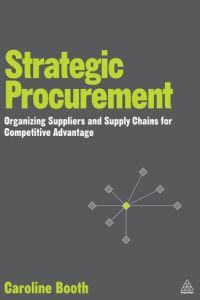
Únase a getAbstract para acceder al resumen.
Caroline Booth
Strategic Procurement
Organizing Suppliers and Supply Chains for Competitive Advantage
Kogan Page, 2010
¿De qué se trata?
Spending is hard, buying is harder: Supply Chain Management 101.
Recommendation
Believe it or not, logistics can be exciting, especially when presented in a flowing, concise essay spiced with case studies and examples from the author’s experience. Procurement specialist Caroline Booth makes her points clearly through great organization, vivid stories and effective charts. While some chapters would benefit from some refined editing, readers can appreciate and implement her message about the importance of procurement. Managers can easily follow Booth’s suggestions on using third-party providers to complement their businesses’ core activities. getAbstract considers this valuable reading for senior executives and supply chain managers who want to elevate the role of procurement and make their firms more profitable.
Summary
About the Author
Procurement specialist Caroline Booth has worked internationally for Shell and Ernst & Young.









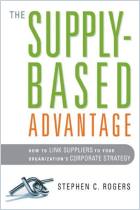

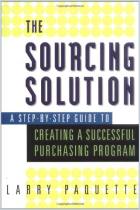
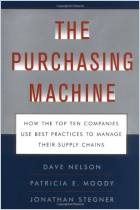
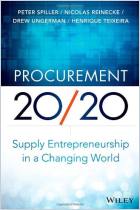
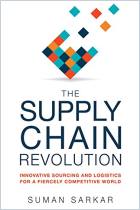






Comment on this summary